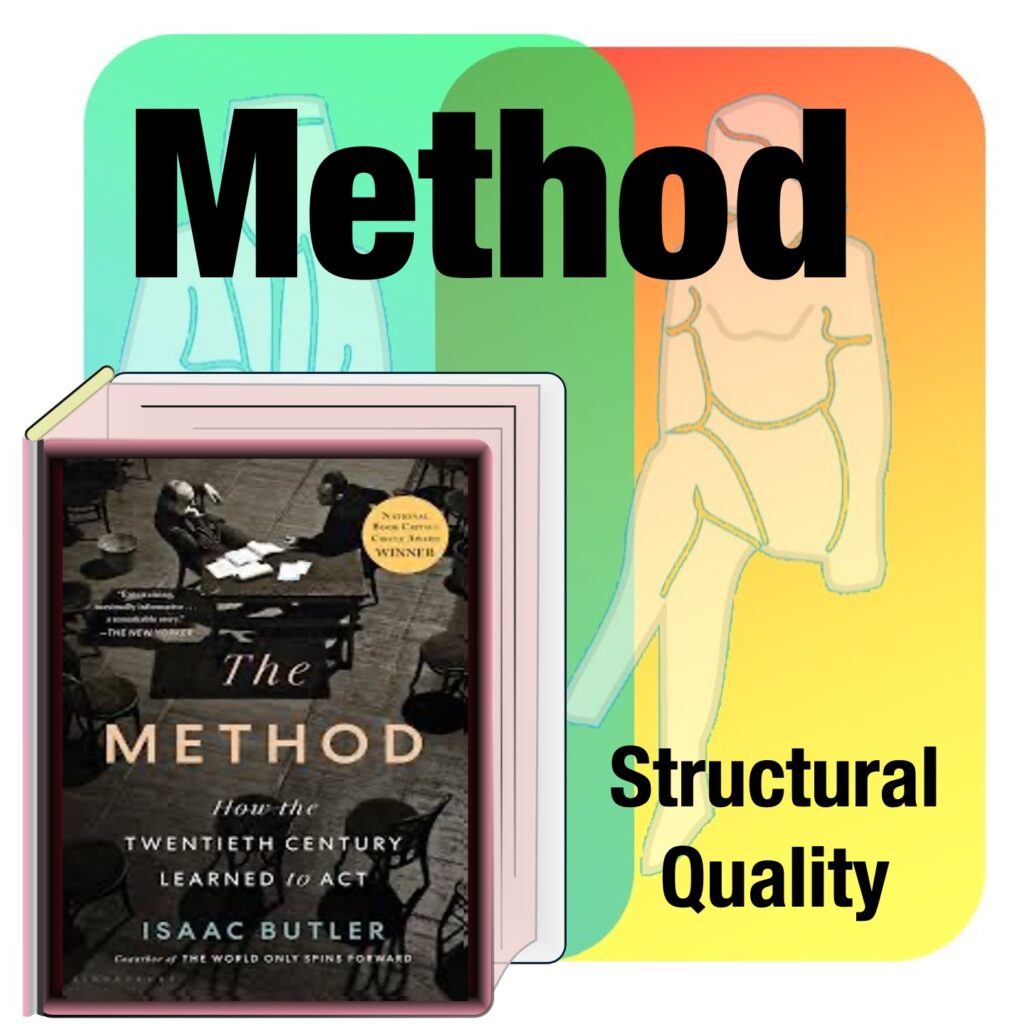
Small Theatre. Evening reading. New plays. Topical issues. Post-event discussion. Positive responses. A complement that hung in the air…
It was a good evening of theatre. The authors had worked hard to dramatize a difficult issue – climate change – and express their ideas in ways that an audience could apprehend. The theatre itself had done a diligent job in guiding the authors. The directors had presented the work in clever ways and the actors had given creative performances with little rehearsal.
The hanging complement was a little speech that noted that most of the audience shared a common background with the writers and that more people needed to see the work – “the general public” was how the speaker described them. The audience murmured and offered sympathetic words in response to the little speech but no one cared to probe the fundamental issue it raised, which concerned how a small theatre fit into the industrial economy and how that theatre could best leverage its place in that economy.
When an essay on the arts invokes the concept of the industrial economy, it often starts arguing that theatres need to think of themselves more like a business. That is a preachy thesis and this piece seeks to avoid it. Instead, it notes that the industrial economy is built on three core activities:
Mass Production, Mass Distribution , and Mass Consumption. Furthermore, theatres are involved in all three of these modes of work and can benefit by better appreciating what they are and what they mean.
Most theatres resist the notion that they are engaged in Mass Production, as they associate such work with assembly lines and global supply chains. Not all forms of Mass Production require assembly lines. It generally requires only that an organization create a product that can be repeated or duplicated. Theatres do this when they create a play that is performed on different nights and yet is intended to produce a common response on audiences. They generally do this work with a detailed plan, a structured management, and identified tools for preserving quality. Such work fits neatly within the definition of Mass Production.
Once the first element has been established, the second two pieces are easy to connect. Mass Distribution is the process of getting the product in front of anonymous consumers, which is to say, an audience that this not personally known to the producers. The last piece, Mass Consumption, is often confused with Mass Distribution, but is the work of convincing costumers of the product’s value and getting them to make the choice to consume it, to go to the show.
Mass Production. Mass Distribution. Mass Consumption. It is not the purpose of this essay to merely encourage theatre makers to view their work as a form of business. Anyone who has had any kind of leadership role in the perform knows how the weight of business creeps into any artistic discussion. Instead it is to ask how the structure of an artistic organization influences the stories that an organization can tell.
There is a great variety in the ways that theatres can divide the labor of Mass Production, Mass Distribution and Mass Consumption. Theatres with high production can look to create shows that can be easily shared others. Those with high distribution costs can try to reduce those costs by finding other uses for their theatre, their point of distribution. The Mass Consumption costs are a combination of advertising expenses, the cost of building a community that identifies with the art, and the expenditures in both money and time, of making connections with organizations which might be interested in the messages that the theatre might be putting before the public.
There are no easy answers here. No secret trick for building large audiences from an indifferent public. In reviewing annual reports of theatres, one can easily see the common approaches for getting people through the front door. Many a theatre does Dickens at Christmas time and at least one musical that seems to follow the classic mold for such shows. But these decisions are generally uninspired ways of dealing with revenue shortfalls rather than serious attempt to identify the kinds of ideas that a theatre wants to get before the public and it should divide the labor of Mass Production, Mass Distribution, and Mass Consumption to achieve its goals.
The automobile industry has made tremendous use of the assembly line to create its products but that is not the only way it engages industrialism. It uses dealerships and other third party vendors to conduct and finance mass distribution. It also has a very complicated strategy for building brand loyalty, getting customers to purchase its cars. The strategies that have been effective for industry have not proven very effective for the baking industry, for example, or cosmetics, or even clothing. All require a carefully designed division of labor in order to achieve its industrial goals.
So does theatre. It is, by this telling, just another industrial process.
Post Permalink: https://arts.djaghe.com/industrial-arts/





